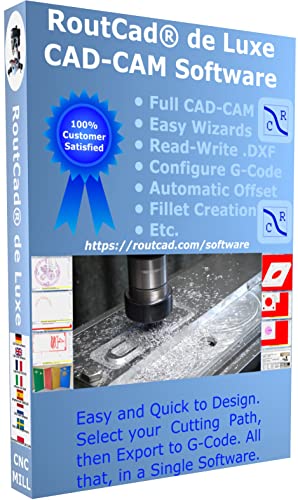- Joined
- Oct 1, 2010
- Messages
- 1,411
- Reaction score
- 437
So......
Further Down the Rabbit Hole....
Amelia Earhart's navigator was using a "Bubble Octant," according to several histories and films made about her disappearance.
Does anyone know anything about that instrument?
--ShopShoe
Further Down the Rabbit Hole....
Amelia Earhart's navigator was using a "Bubble Octant," according to several histories and films made about her disappearance.
Does anyone know anything about that instrument?
--ShopShoe






















































![MeshMagic 3D Free 3D Modeling Software [Download]](https://m.media-amazon.com/images/I/B1U+p8ewjGS._SL500_.png)
![DreamPlan Home Design and Landscaping Software Free for Windows [PC Download]](https://m.media-amazon.com/images/I/51kvZH2dVLL._SL500_.jpg)














